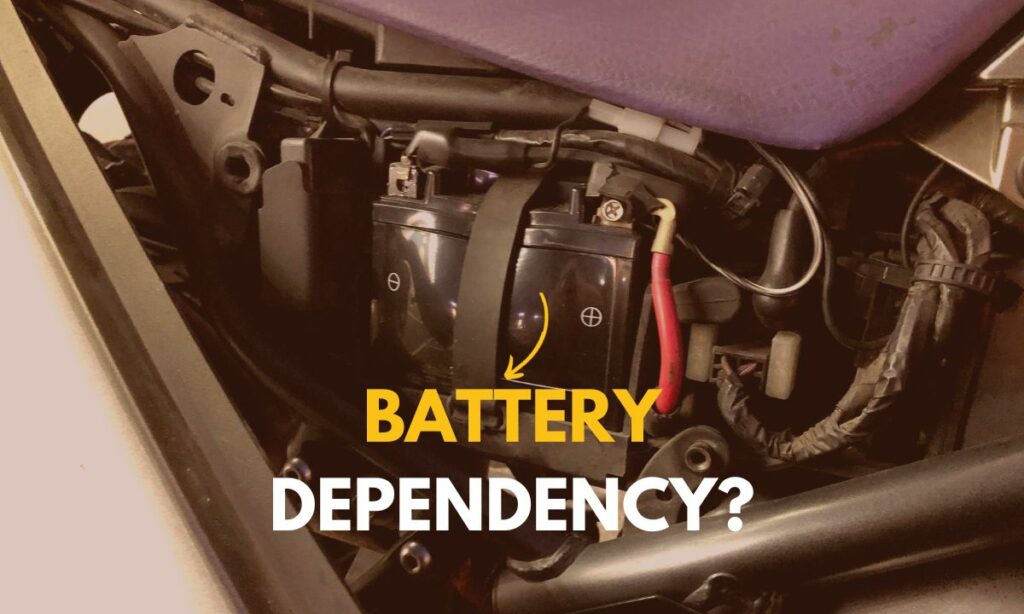Modern motorcycles have electronic ignition systems. Even the fuel injection is now ECU-controlled.
For these electronic systems to run – the motorcycle battery should be in good working condition. It is the power source after all.
So, can your motorcycle run without a battery?
Most modern motorcycles cannot run without a battery.
If the battery is at marginal health and some life is still left in it, the motorcycle can be started with a push start.
The only exceptions where the battery is not needed to run are – motorcycles with magneto ignition, which can only be seen in old motorcycles, small dirt bikes and scooters.
That’s the gist.
Let’s deep dive into how a dead battery or no battery can affect the motorcycle running, starting, and even kickstarting.
Can a motorcycle run without a battery?
Most modern motorcycles cannot run without a battery.
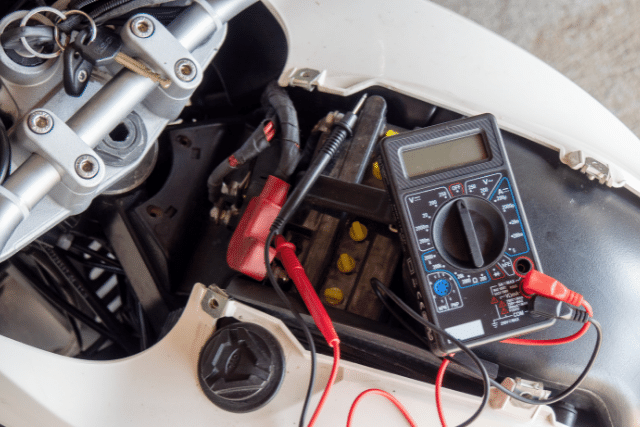
The only exceptions where a motorcycle can run with no battery are:
- Old motorcycles with magneto ignition
- Small dirt bikes and scooters (not all)
Apart from these few exceptions, most motorcycles today won’t function without a battery in them.
The battery is essential for the motorcycle to start the ignition as well as power up all electronic accessories in the motorcycle.
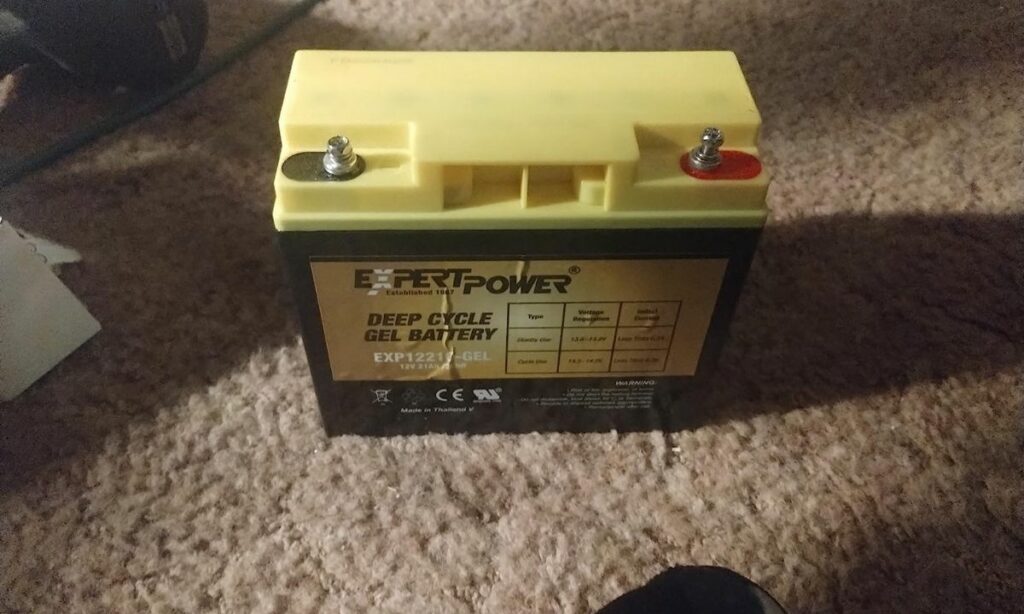
That’s why, a dead battery means a motorcycle is as good as dead too.
Until and unless you don’t replace the battery, the motorcycle won’t run at all.
Can you at least start a motorcycle without the battery?
The answer depends on the type of ignition system a motorcycle has.
Without the battery, modern motorcycles won’t even start as well.
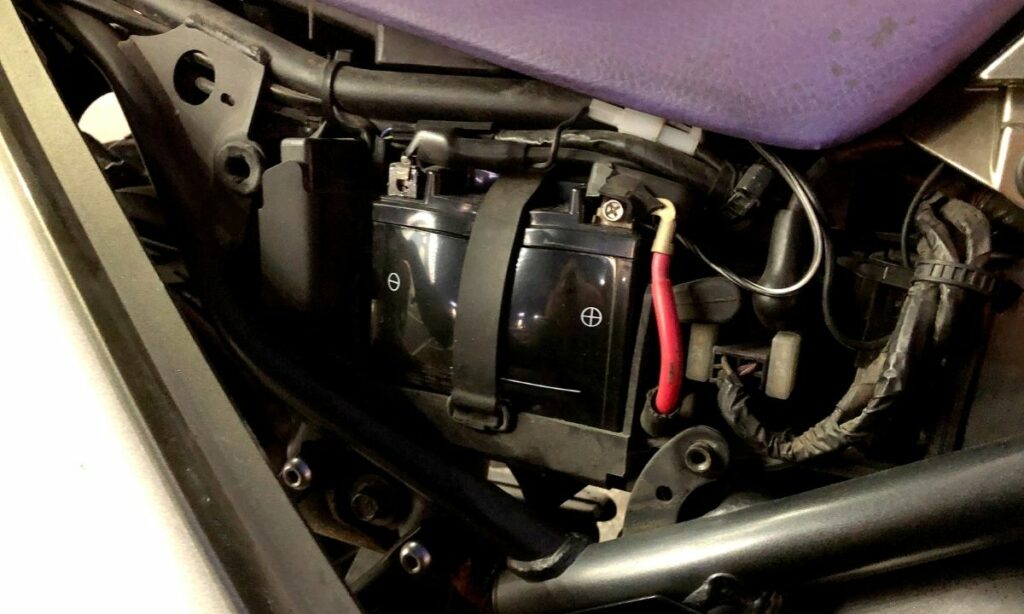
But in motorcycles with a magneto ignition system (which are usually old bikes), the motorcycle can kickstart without the battery.
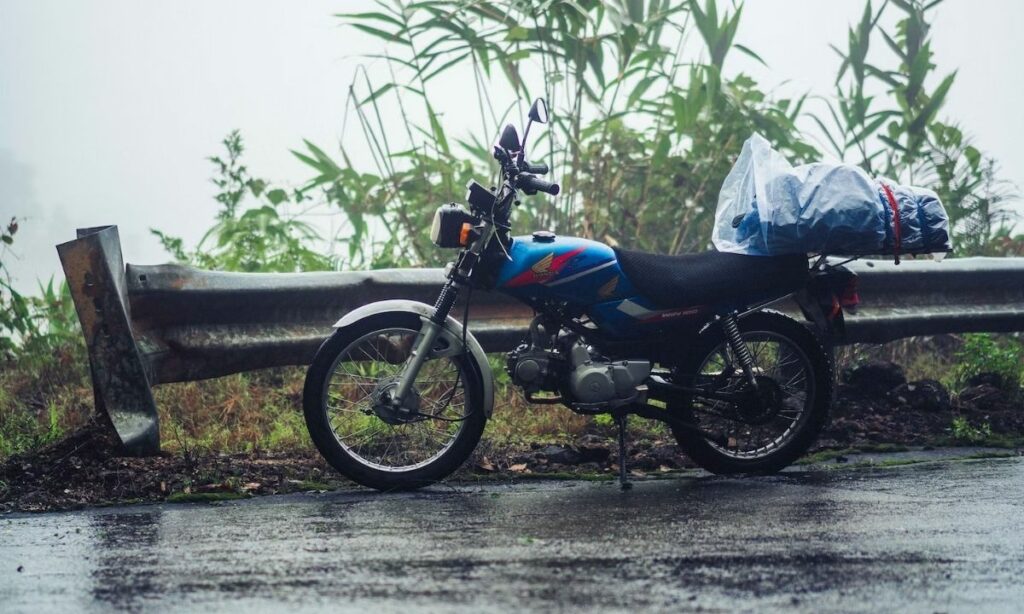
In a magneto ignition system, the battery is not of utmost importance to start your motorcycle.
The magneto in the bike has its own generator and can start easily through kick-start without any help from the battery.
However, magneto ignition systems are not widely used. You may see them in small spark-ignition engines like scooters, dirt bikes, and small motorboat engines.
But apart from that, magneto ignition is rare in motorcycles.
Most modern motorcycles have electronic ignition systems.
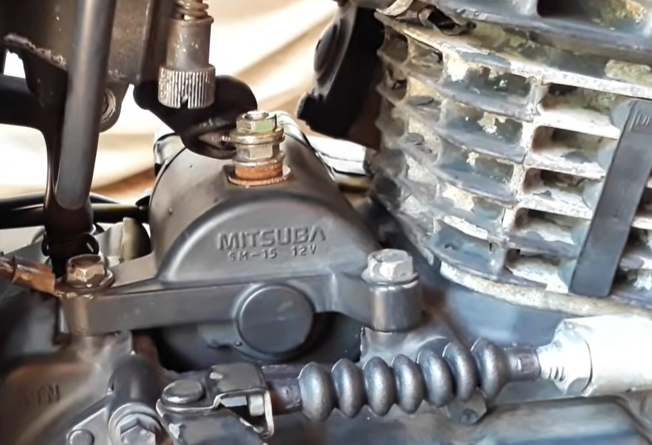
What this means is:
The ignition, fuel pump, fuel injection, and all other relevant accessories need to work even before your motorcycle has started. And battery is the power source for all these components.
So, when the battery dies in a motorcycle that has an electronic ignition system, the motorcycle won’t start.
The battery is essential for the motorcycle to start and run.
What does a battery do in a motorcycle exactly?
The motorcycle battery essentially has 2 functions:
- To start the motorcycle by providing current to the ignition
- To supply power to the electronic accessories
#1. To start the motorcycle
The battery provides the current required to operate the starter motor in electric start vehicles and for the ignition system to start the engine during engine cranking.
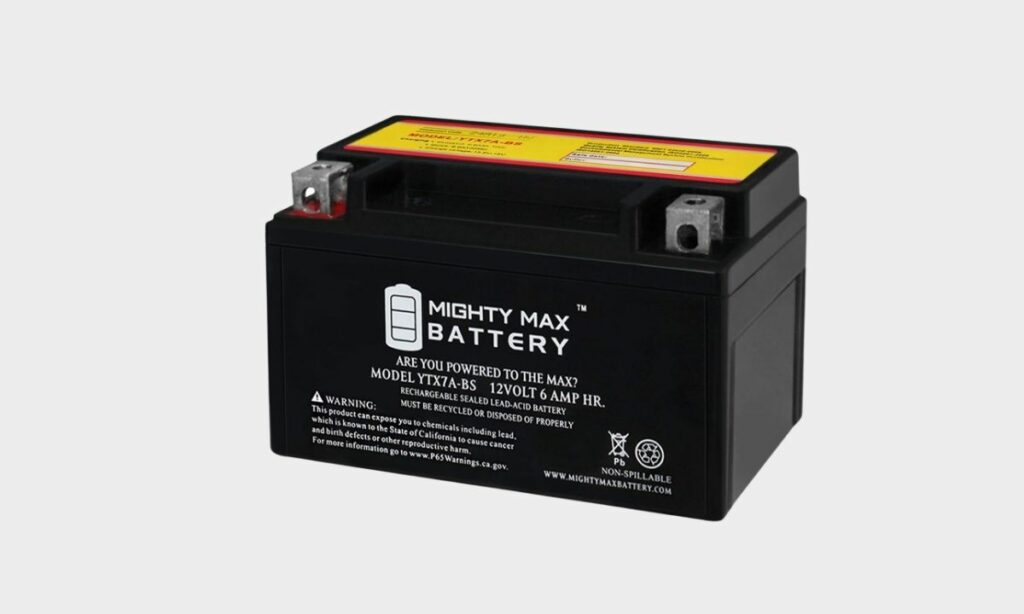
Basically, the engine requires an initial push to keep working.
Once the piston is able to move down and up and suck the fuel and combust it, the energy produced will sustain and keep the engine moving as long as the fuel exists.
All the engine needs is some start so that the piston which is situated anywhere between the top and bottom dead centers can move and suck in the fuel in its expansion cycle and then combust it with a spark plug.
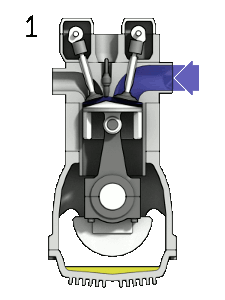
This initial combustion cycle will then easily be repeated by the engine itself as long as the fuel lasts.
The battery here is required to provide the current necessary to the starter motor – which will produce crankshaft rotation, which in turn will start the reciprocating motion of the piston, thus starting your motorcycle.
#2 To supply current to electronic accessories
When the engine is running, the alternator produces AC current in the system to run the motorcycle and charge the battery.
The alternator is usually driven by gears and the amount of AC current produced is proportional to the RPM of the engine.
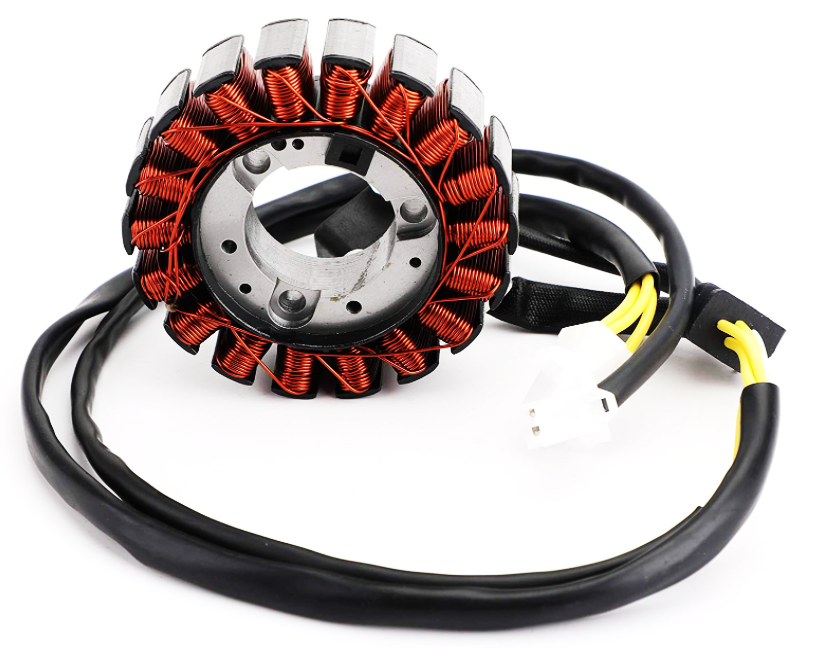
Now, the charging system can be divided into 3 sub-parts – i) alternator; ii) regulator; and iii) battery.
The alternator generates AC current with the magnitude proportional to the RPM of the engine. This current is used by the accessories that require current for their functioning.
These accessories include – headlight, high-beam and low-beam, ignition, fuel injection and fuel pump, turn signal indicators, brake light, horn, etc.
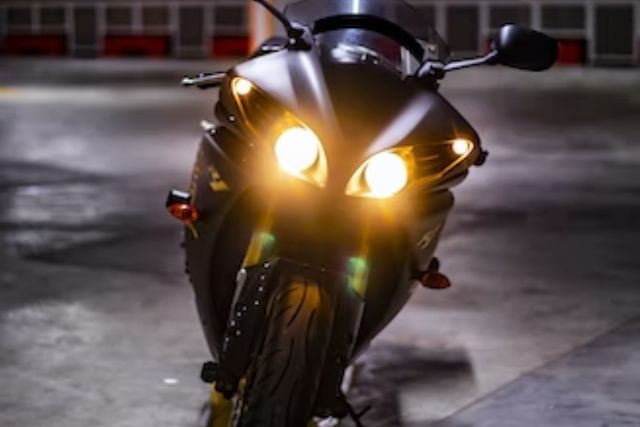
However, the current cannot be passed directly from the alternator to these accessories.
This is because i) the AC current produced in the alternator has varying voltage; ii) these accessories require DC current.
That’s where the other parts of the charging system come in.
The regulator converts the AC current into DC current.
And the battery stores up the excess current produced and supplies the additional current required whenever the alternator is not producing sufficient current required for the motorcycle.
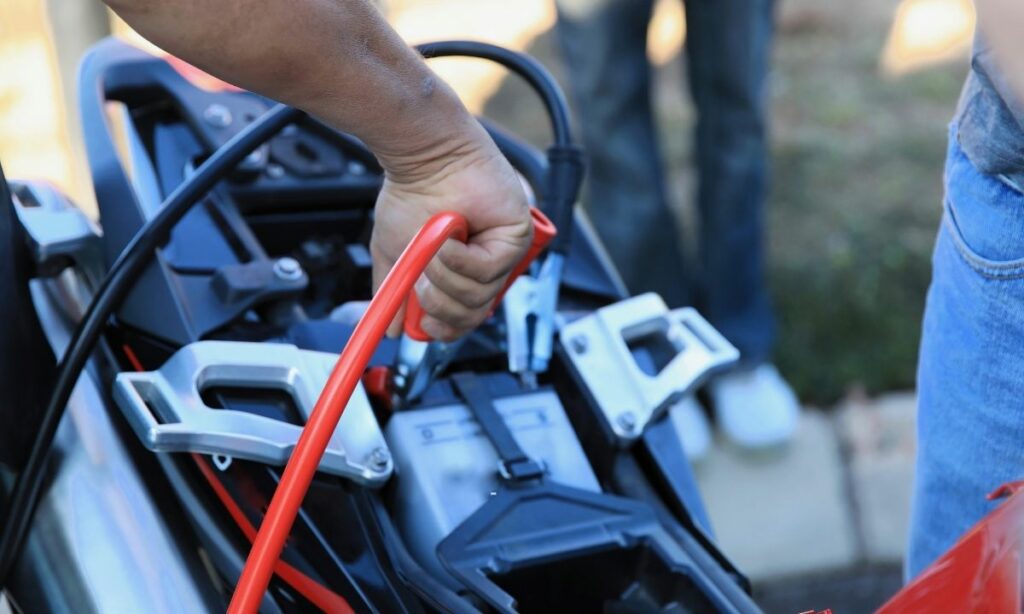
In short, when the alternator output is high during high RPM, the battery stores the excess charge; when the alternator output is low during low RPM or nil during rest, the battery supplies the deficit charge for the electronic accessories to function properly.
Can electronic accessories function without a battery?
No. Electronic accessories won’t function without a battery in a motorcycle.
First, modern motorcycles with electronic ignition won’t even start without a battery.
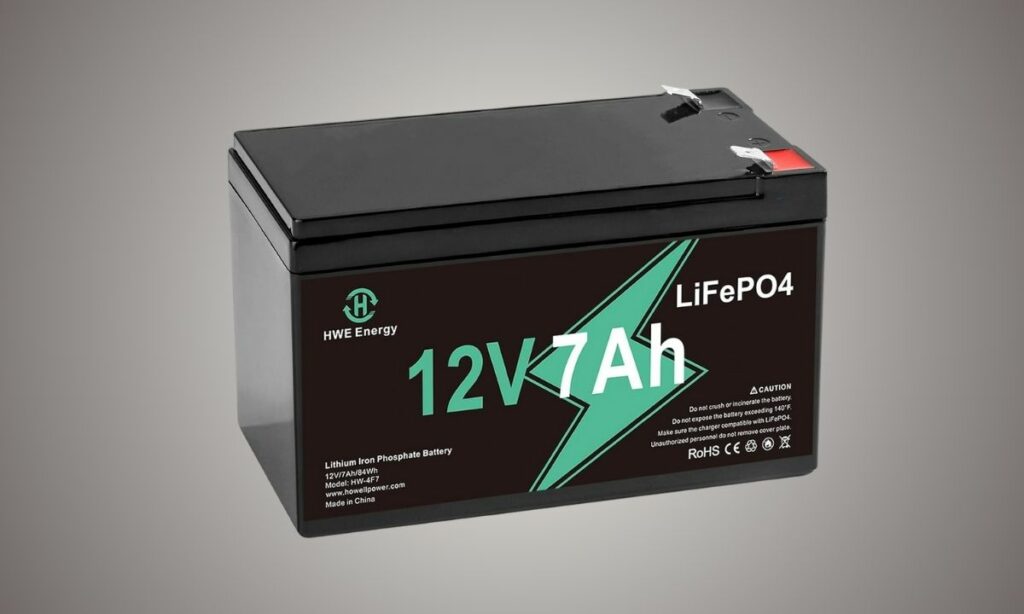
By extension, it shouldn’t matter what happens to the electronic accessories when the motorcycle is not running.
Second, the alternator output alone is not enough.
Depending on the motorcycle RPM, the alternator can produce a higher or lower current than required.
The battery is needed to absorb the excess charge or to compensate for the deficit charge from the alternator. Only then do the electronic accessories function well.
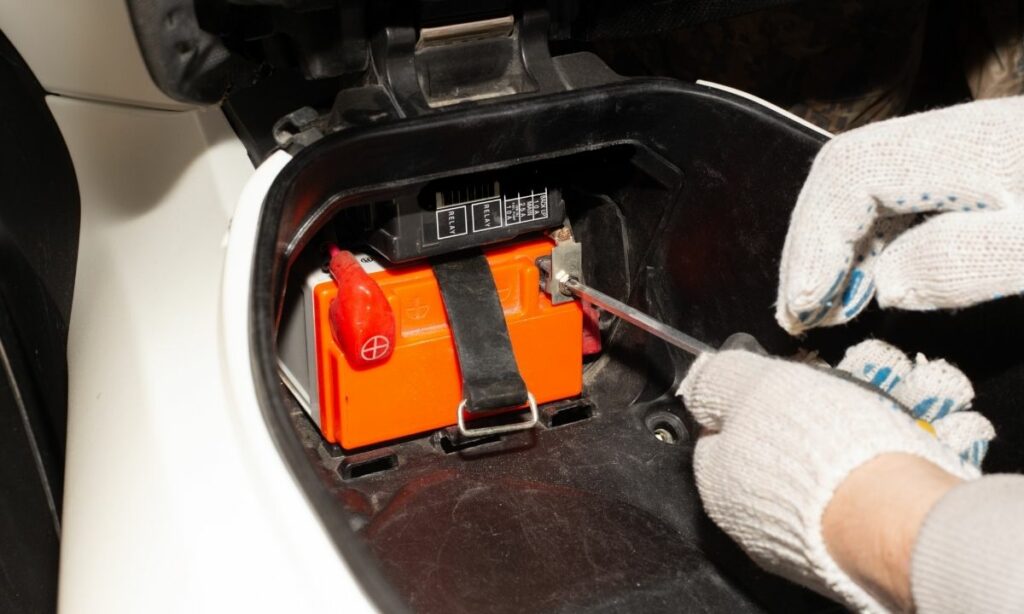
What about bikes with magneto ignition then?
For the bikes with magneto ignition system, there are separate generators and the dependency on the battery is extremely low.
So, all the electronic accessories should work completely fine on these bikes.
You can even pluck the battery from the motorcycle and throw it away – these magneto ignition bikes will still run smoothly.
How about kickstarting the motorcycle without the battery
Nope. That doesn’t work either.
Modern motorcycles with electronic ignition start with a kickstart as long as the battery is in good working condition.
If the battery is dead, no amount of kickstarting will start the motorcycle.
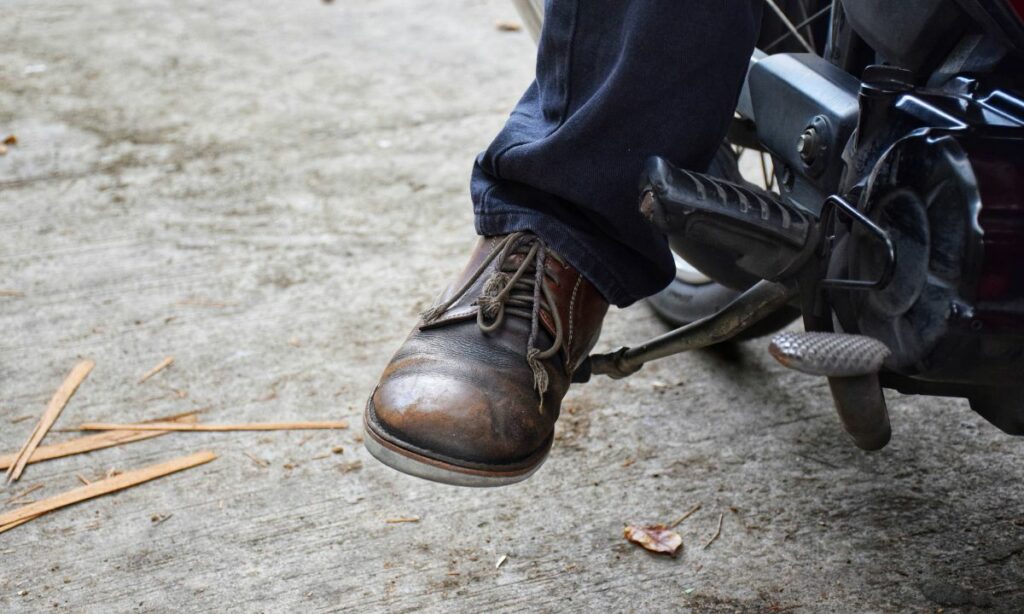
In old vintage motorcycles, the ignition and fuel injection systems were completely mechanical.
Kick-start was used to start the engine back then. It was the sole method for ignition in these motorcycles.
With electric starters introduced in the motorcycles, kickstart still remained an alternate method for ignition in case the battery no longer worked.
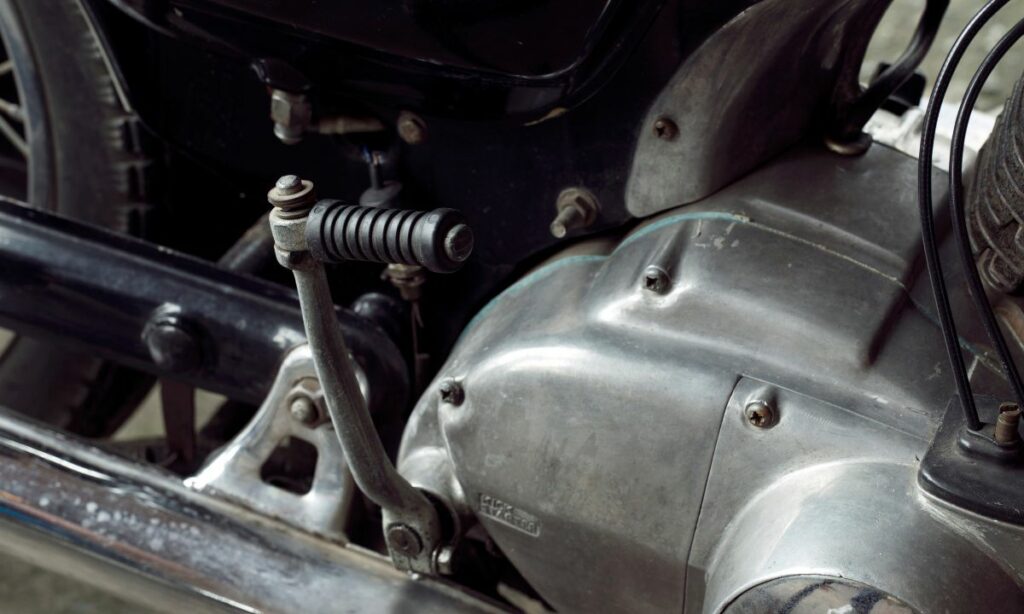
But over time, electronic ignition systems started to take over the motorcycles. The popular variant being the TCI (Transistor Coil Ignition) system.
In these electrical ignition systems, kick-starts still played a part.
They were useful in cold starts. The electric starter sometimes would not work (but the battery is alive) and the kick-start was used to ignite the engine.
However, if the battery is dead, no amount of kickstart would start the engine in these electrical ignition systems.
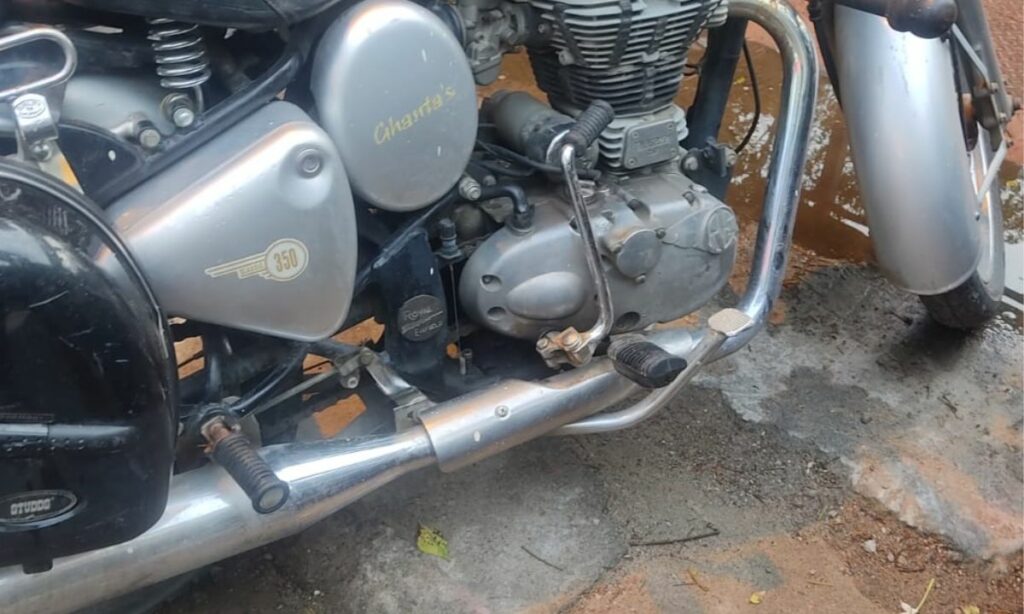
A dead battery essentially meant that the motorcycle would not run. No amount of kickstarting would change that.
That’s the reason some new motorcycle models do not have a kickstart at all.
With the faults in electric starters getting addressed, the kickstarts are actually becoming redundant now.
How to start a motorcycle with an ‘almost’ dead battery?
Here we are talking when the battery is not completely dead, i.e., the battery is at marginal health and there is some life, although however small it is, still left in it.
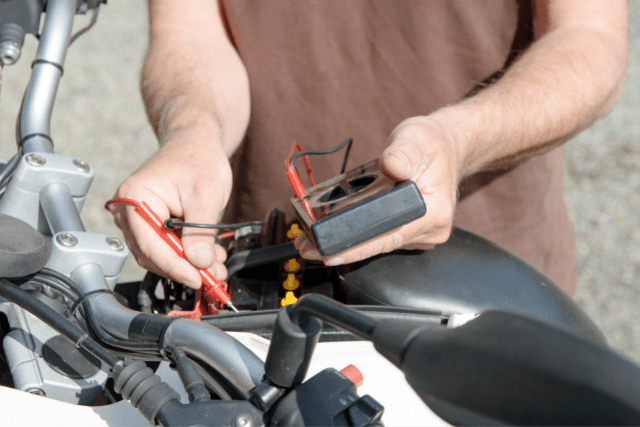
In this case, you can start your motorcycle through push start or pop start as people call it.
First, you need to insert your key and turn the ignition on.
Second, put your bike into the first gear and turn on the choke just like you do it in a cold start.
Now, push the bike forward to gain some speed.
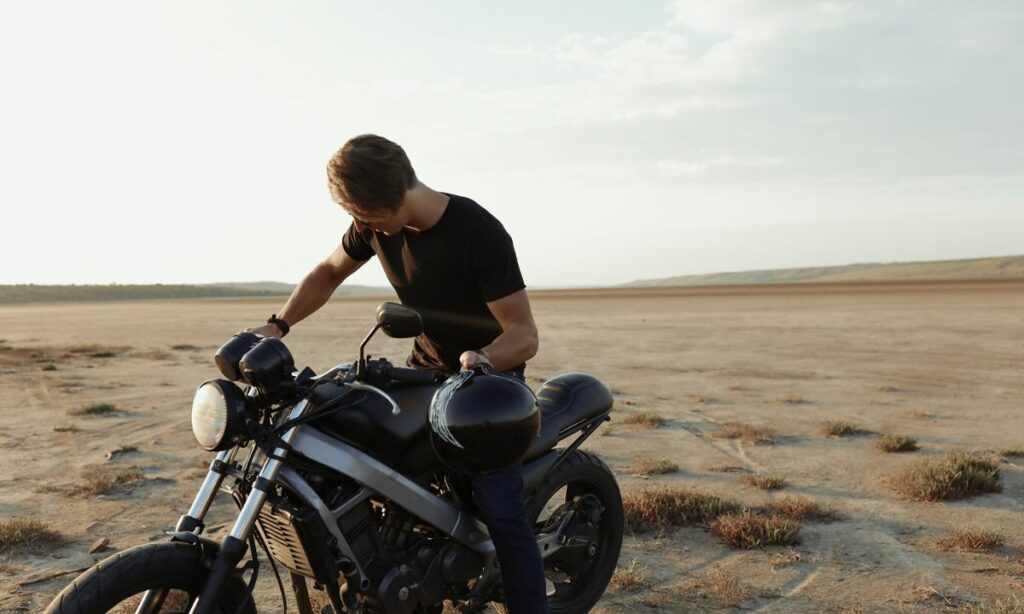
You can choose a downhill road for this.
If you have a person helping you out, that will be much better. If you are alone with no downhill path ahead, you can stand down to the left side of your bike and push it yourselves and then hop on to your bike once it has gained some speed.
As soon as the motorcycle has hit up some speed, drop the clutch and push the starter.
This method should usually do the trick and the engine should start.
If not, repeat the above steps again.
Once the engine starts, pull in the clutch and accelerate using the throttle.
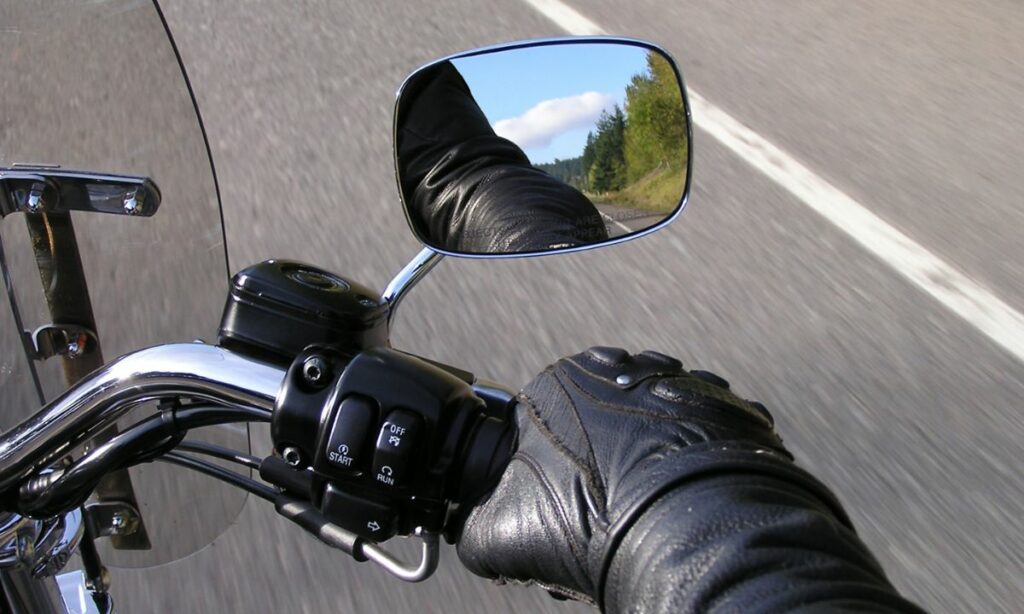
You need to give your motorcycle some gas and go to a higher RPM. Once you hit higher RPM, the alternator outputs excess current to charge up your battery.
Now take your motorcycle for a ride to give time for your battery to charge.
Don’t run it too much at lower RPM as that would do the opposite by draining the charge from the battery.
Final words
A motorcycle cannot run without a working battery.
Nor can it start.
Even kickstarting doesn’t work since most modern motorcycles have electronic ignition that requires the battery along with kickstart to start.
In short. A motorcycle is as good as dead if it has a dead battery.
Before you go…
Here are a few more motorcycle battery posts for you:
